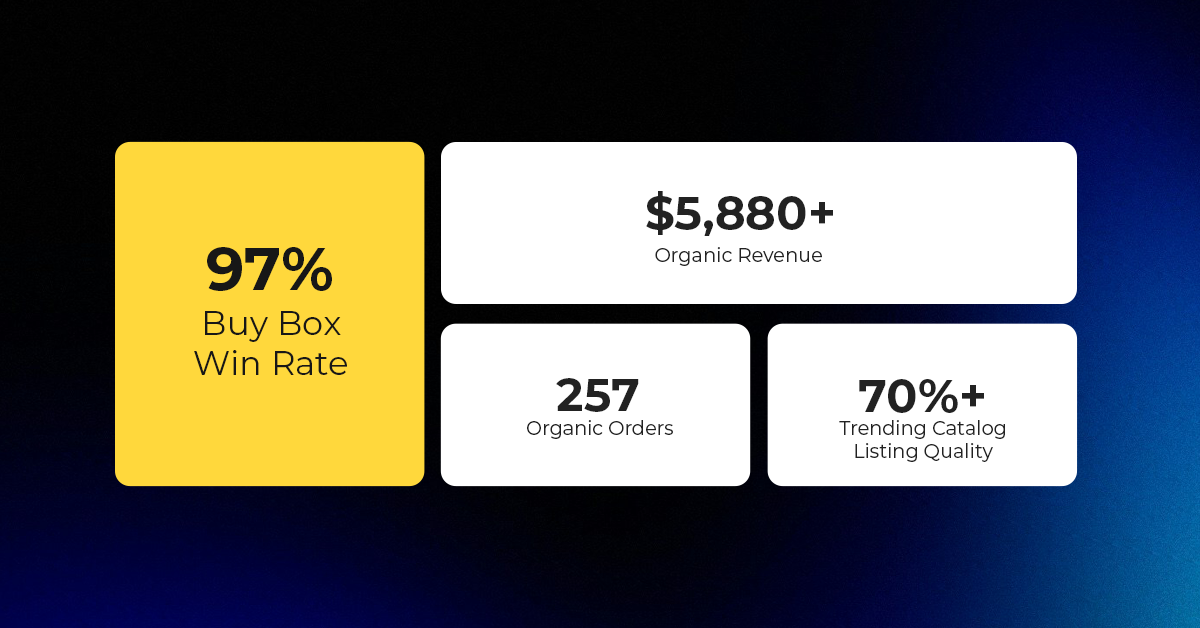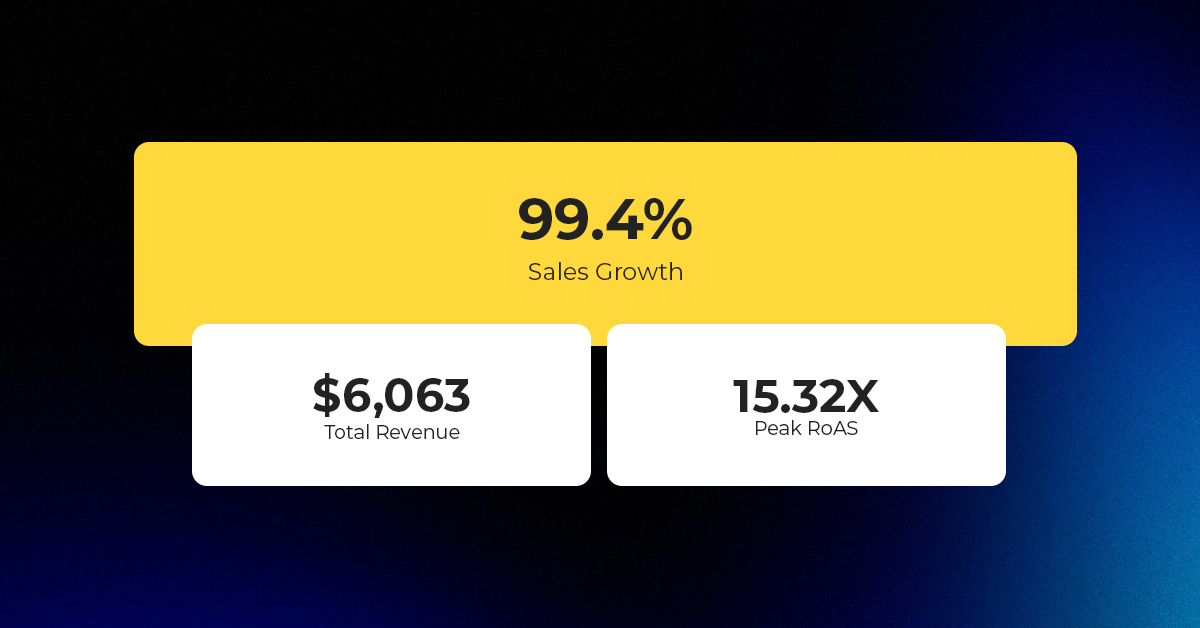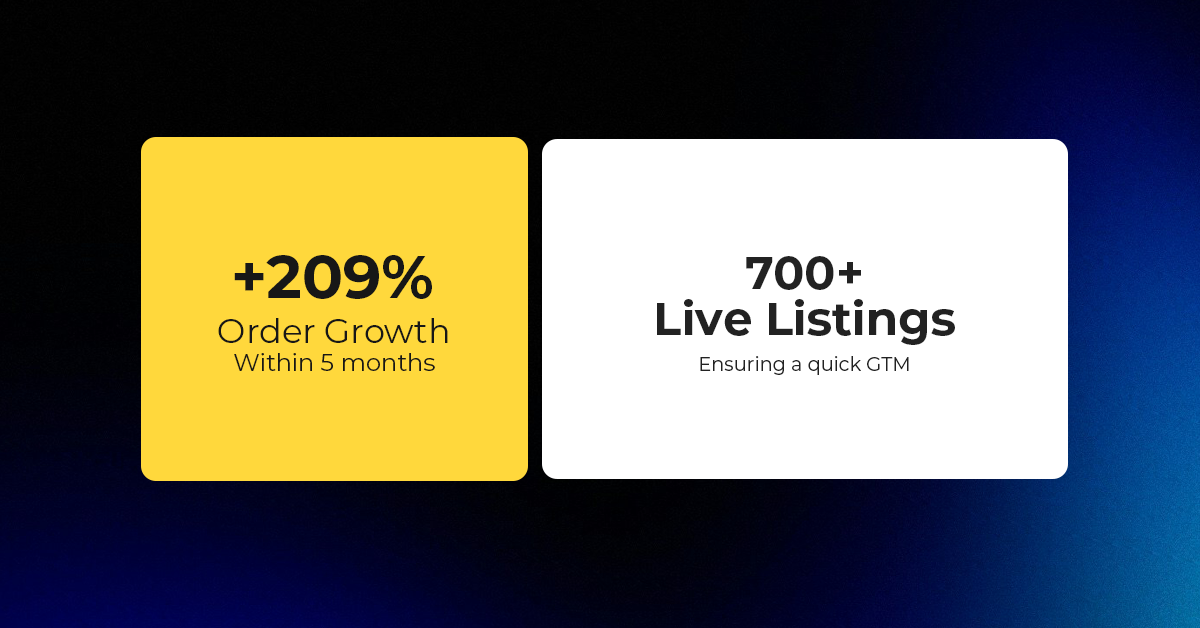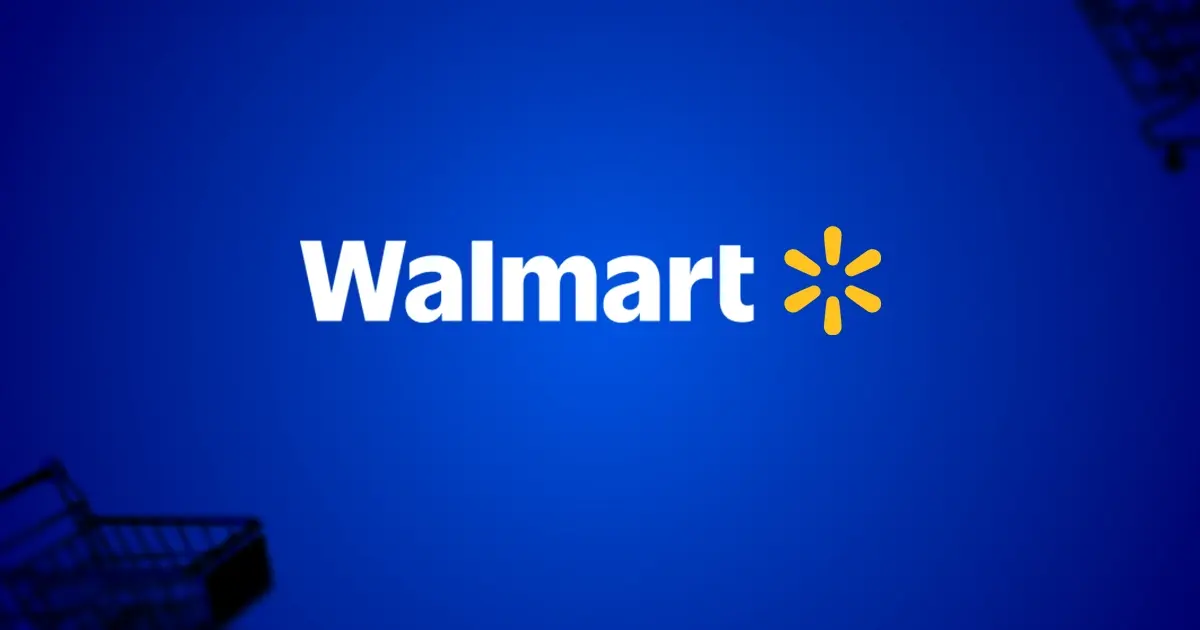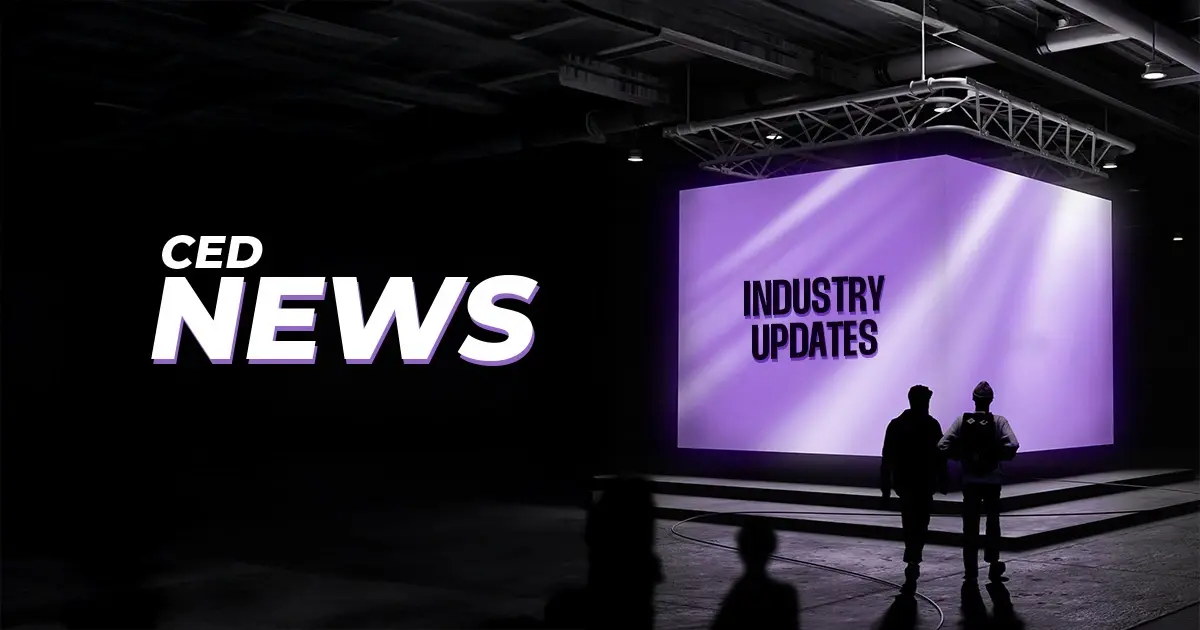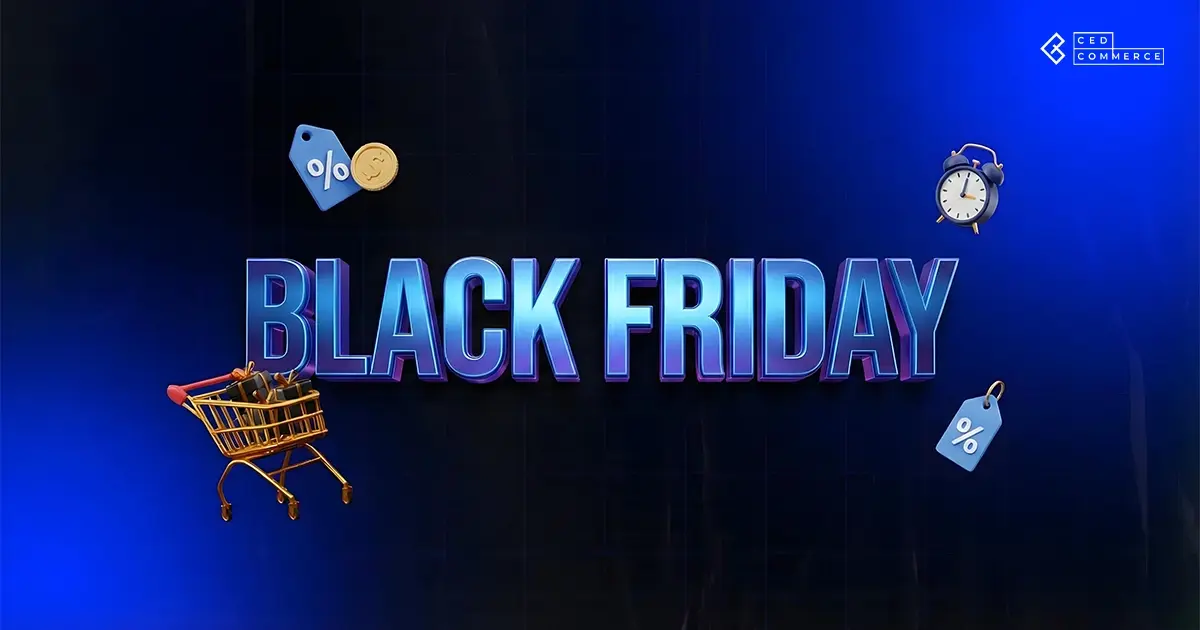Amazon has upgraded its Seller Assistant into an always-on, agentic AI partner to help third-party sellers monitor, optimise, and act on business signals — using Bedrock and multiple foundation models. The update was announced on Amazon’s Innovation blog and at the Amazon Accelerate conference.
Key dates & points
- Announcement date:
- Tool powered by: Amazon Bedrock + foundation models (including Amazon Nova and Anthropic Claude)
- Availability: U.S. sellers first; global roll-out to follow over the coming months
- How it differs: Moves Seller Assistant from passive monitoring to an agentic assistant that can proactively recommend or take actions with seller permission.
Capabilities
The upgraded Seller Assistant combines continuous monitoring with proactive, permissioned actions. Key capabilities include:
| Area | What it does |
|---|---|
| Inventory monitoring
|
Proactively flags slow-moving items to avoid long-term storage fees and suggests promotions or shipments to other locations. |
| Shipment planning
|
Recommends shipment plans and balances inventory across fulfillment locations (FBA vs Amazon Warehousing & Distribution). |
| Compliance checks
|
Continuously scans listings for potential policy or safety violations and alerts sellers before issues escalate. |
| Advertising & creative
|
Integrates with Creative Studio to ideate ad creatives, draft campaigns, and optimise concepts using retailer data. |
Seller impact analysis
Opportunities
- Save time on manual monitoring of inventory health, compliance, and policy changes.
- Reduce long-term storage fees by identifying slow movers early and suggesting promotions or reallocation.
- Improve marketing ROI with better ad creative suggestions and tailored campaign ideas.
- Reduce stock-outs and overstock through smarter shipment and allocation recommendations.
Risks & considerations
- Automated recommendations may not always reflect niche strategies or specialized knowledge — seller oversight is essential.
- For large or complex catalogues, suggestions can be broad and may require customisation.
- Staggered roll-out means availability will vary; non-US sellers should prepare for delayed access.
Operational implications
- Sellers must opt in and grant permissions for the agent to take actions — review the Assistant’s settings carefully.
- Keep product data, compliance documentation, and account health metrics accurate to improve recommendation quality.
- Monitor the dashboard regularly: review alerts and action prompts, and decide which recommendations to accept or modify.
Next steps for sellers
- Log into Seller Central and explore the upgraded Seller Assistant — check settings and action permissions.
- Update product & inventory data (sales history, classifications, images) so AI receives accurate inputs.
- Audit compliance documents (safety data, labels, certificates) to reduce false positives and preempt violations.
- Use recommendations to identify slow movers; run small promotions or adjust pricing where appropriate.
- Test Creative Studio outputs in small ad campaigns before scaling.




